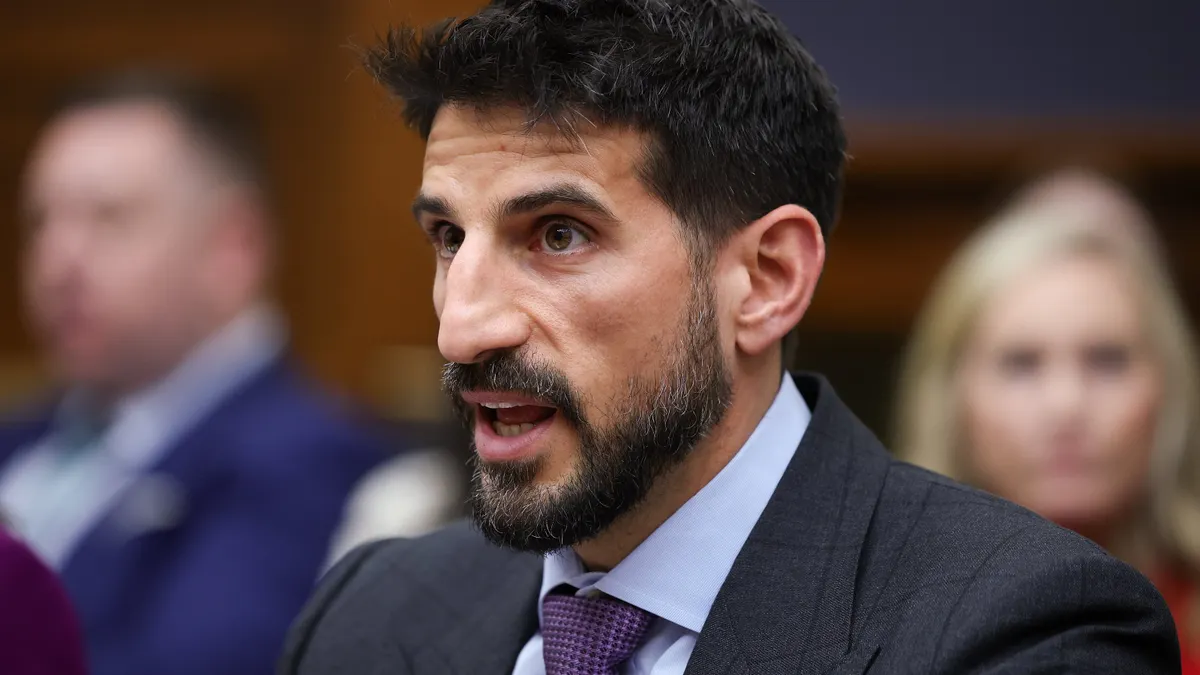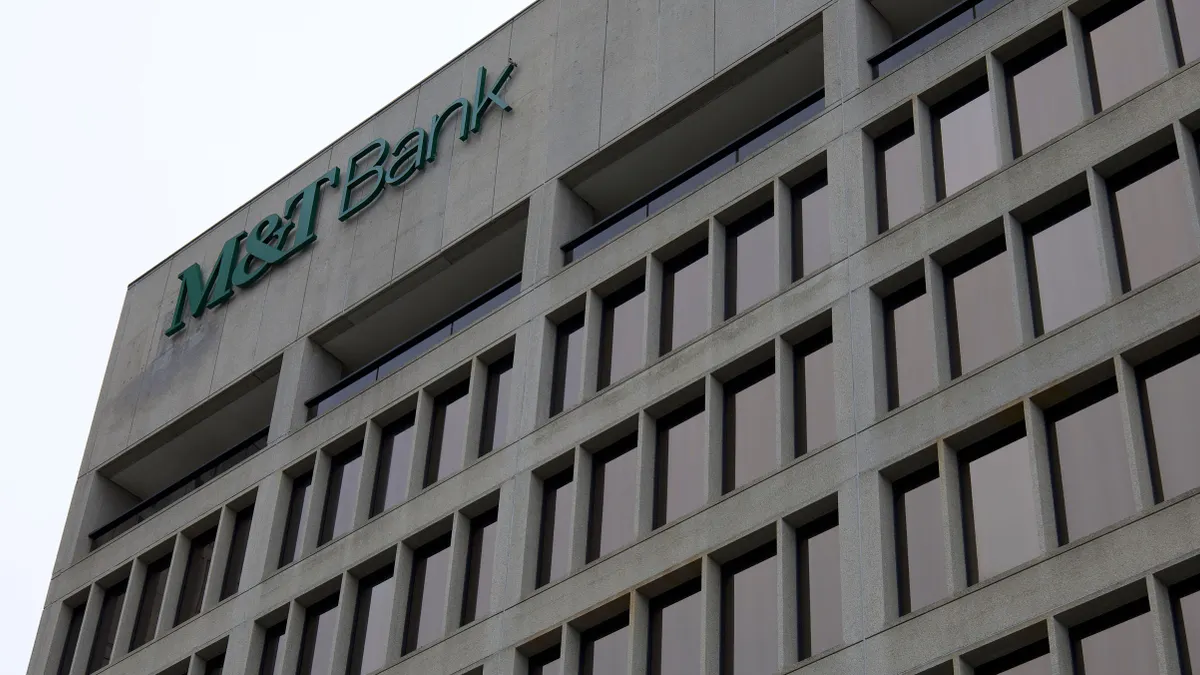The biggest hurdle for stablecoins, say industry executives, is making their use mundane.
Just as most people don’t understand the technical details of a phone call – but operate their devices just fine – so too must stablecoins shed the notion that they’re overly complex and they must solve ordinary financial problems, according to a panel discussion convened Tuesday by the Federal Reserve.
“[Decentralized finance] and crypto is still not abstracted away enough where it’s solving just the problem, as opposed to requiring you to actually understand the underlying mechanics,” Fifth Third CEO Tim Spence said at the Fed’s Payments Innovation Conference in Washington.
Spence likened the crypto ecosystem of various blockchains and fiat on/off-ramps to the mechanics of accessing dial-up internet in the 1990s via landline, with a series of computer noises preceding a connection.
“No one knows how the phone works – or at least, almost nobody does – but yet everyone knows how to use it,” Spence said.
“There are so many different complexities, depending on exactly what your use case is for stablecoins still,” he added. “And so I think those things are all problems that can be easily solved. People are working really hard at solving them, and I think that they will absolutely get there.”
Executives speaking on the panel, which focused on stablecoin use cases and business models, agreed that stablecoins will need to become trusted to provide the direct, one-to-one connection to fiat currency they advertise and to offer an actually useful experience.
“All stablecoins aren’t equal, and all stablecoins aren’t stable,” said Heath Tarbert, president of Circle, which issues the USDC stablecoin. “So, I think making sure that we have payment stablecoins that actually are held to very high standards is job number one.”
Another complexity with stablecoins is the difficulty of moving them among blockchains, said Tarbert, a former regulator who, during the first Trump administration, served as chair of the Commodity Futures Trading Commission.
Stablecoins also can experience technical glitches. Paxos CEO Charles Cascarilla addressed the coin issuer’s recent high-profile gaffe.
Paxos last week accidentally minted $300 trillion worth of partner PayPal’s stablecoin but said it “immediately identified the error” and destroyed the excess coinage.
“This was an internal technical error,” Paxos wrote Oct. 15 on the company’s X social media account. “There is no security breach. Customer funds are safe. We have addressed the root cause.”
The error “underscores the value of the blockchain” and shows the level of public transparency into crypto operations, Cascarilla said Tuesday on the panel.
“An operational error that was entirely internal to our systems is now immediately visible to everybody,” he said. Blockchains can provide “a world where you would be able to see exactly what’s happening in real-time, and being able to have that level of transparency to understand how firms are functioning.”
The transparency “can create confidence in the financial system in a way that the opacity that exists today has really limited,” Cascarilla said.
Tarbert also addressed the issue of blockchain irrevocability, a topic that startled the crypto world last month when he told the Financial Times that Circle was exploring reversible blockchain transactions.
That notion immediately created consternation in the crypto world, given blockchains’ long tradition of touting their immutable histories.
Tarbert said “settlement finality” is necessary but is a separate issue from “a world of consumer payments where chargebacks have become an important part of the way that our consumer payment system works.”
He said chargebacks would require some form of voluntary user “opt-in as an application layer on a blockchain” that could also preserve the irrevocable aspect of the underlying transaction.














